Managing your money well is one of the most important skills you can have. It’s about making sure you have enough saved for the future while still enjoying your life today. But this balance is not always easy to find. According to the U.S. Bureau of Economic Analysis, the personal saving rate in America has hovered between 4% and 7% over recent years, showing that many people struggle to save enough. At the same time, consumer spending remains a key part of the economy, but overspending can cause stress and financial problems.
So, how do you strike the right balance between saving and spending? How can you enjoy your earnings without worrying about money later? Financial experts agree that finding this balance is essential for peace of mind and long-term success. Suze Orman, a respected voice in personal finance, once said, *“A big part of financial freedom is having your heart and mind free from worry about the what-ifs of life.”* Achieving that freedom means making smart choices about both saving and spending.
In this article, we’ll dive deep into five practical tips that can help you balance saving and spending effectively. These tips are based on research, expert advice, and real-world data, designed to give you clear steps you can take right now.

—
1. Automate Your Savings to Make It Effortless
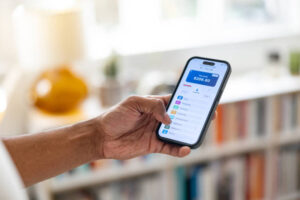
Saving money can feel like a struggle, especially when bills and expenses pile up. One of the best ways to make saving easier is to automate it. When you automate your savings, the money moves from your checking account to your savings account without you having to think about it. This simple step can make a huge difference.
Why Automate Savings?
Research from the University of Chicago shows that people who automate their savings save more consistently and end up with larger savings over time. Automation removes the temptation to spend money that you meant to save. It also helps you build a saving habit, which is crucial for long-term financial health.
How to Automate Your Savings
Most banks allow you to set up automatic transfers. You can schedule a transfer for the day after your paycheck arrives so that saving happens first. This is often called “paying yourself first.” For example, if you earn $3,000 a month and want to save 10%, you can set up an automatic transfer of $300 to your savings account every payday.
If you find it hard to save a large amount at once, start small. Even $25 or $50 a week adds up over time. Apps like Chime, Digit, and Qapital can help by rounding up your purchases or transferring small amounts automatically. For example, if you buy a coffee for $3.50, Digit might round it up to $4 and save the extra 50 cents for you.
Benefits of Automating Savings
- Consistency: You save regularly without thinking about it.
- Discipline: You avoid spending money that should be saved.
- Growth: Over time, your savings grow steadily.
- Peace of Mind: You know your savings are building up.
Key Takeaway:
Automating your savings is a simple, effective way to build your financial cushion without stress. The less you have to think about saving, the more likely you are to do it.
—
2. Use High-Yield Savings Accounts for Better Growth
Once you start saving, the next step is to make sure your money grows as much as possible. Keeping your savings in a regular bank account might feel safe, but it usually means your money grows very slowly. In fact, many traditional savings accounts offer interest rates below 0.1%, which is often less than the rate of inflation. This means your money loses value over time.
What is a High-Yield Savings Account?
A high-yield savings account is a type of savings account that offers a much higher interest rate than traditional banks. These accounts are often offered by online banks and credit unions. In 2025, some high-yield accounts offer rates between 4% and 5% APY (annual percentage yield), which can significantly increase your savings over time
Why Choose a High-Yield Account?
- Better Returns: Higher interest means your money grows faster.
- Low Risk: These accounts are usually FDIC insured, meaning your money is safe up to $250,000.
- Easy Access: You can usually withdraw money quickly if needed.
How Much Can You Earn?
For example, if you save $5,000 in a high-yield savings account with a 4.5% interest rate, you could earn about $225 in interest in one year without adding any more money. Over time, with compound interest, your savings grow even faster.
How to Open a High-Yield Savings Account
Opening an account is usually simple and can be done online in minutes. Look for accounts with no monthly fees, no minimum balance requirements, and good customer service. Some popular options include Ally Bank, Marcus by Goldman Sachs, and Discover Bank.
Important Considerations
– Make sure the account is FDIC insured.
– Check for fees that might reduce your earnings.
– Understand any limits on withdrawals.
Key Takeaway
Putting your savings in a high-yield account helps your money grow faster and keeps you motivated to save more.
—
3. Track Your Spending to Understand Your Money Habits
Before you can balance saving and spending, you need to know exactly where your money goes. Many people don’t realize how much small expenses add up. According to a 2023 survey by the National Endowment for Financial Education, 60% of Americans do not track their spending regularly, which often leads to overspending and missed saving opportunities.
Why Track Spending?
Tracking your expenses helps you:
– Identify where your money is going.
– Spot unnecessary or wasteful spending.
– Create a realistic budget.
– Find money to save or invest.
How to Track Your Spending
Start by recording every expense for at least a month. This includes everything: rent, groceries, utilities, dining out, entertainment, subscriptions, and small purchases like coffee or snacks. You can do this with a notebook, spreadsheet, or budgeting apps.
Useful Tools for Tracking
- Mint: Links to your bank accounts and categorizes spending automatically.
- YNAB (You Need A Budget): Focuses on giving every dollar a job.
- PocketGuard: Shows how much you can safely spend after bills and savings.
What to Look For
Once you track spending, review it to find:
– Recurring expenses you can reduce or eliminate.
– Areas where you overspend compared to your budget.
– Opportunities to save on essentials by shopping smarter.
Common Spending Pitfalls
– Subscriptions you no longer use.
– Frequent small purchases that add up.
– Impulse buying, especially online.
Key Takeaway
Understanding your spending habits is the first step to taking control of your money. It helps you make informed decisions about where to cut back and where to spend.
—
4. Build and Maintain an Emergency Fund
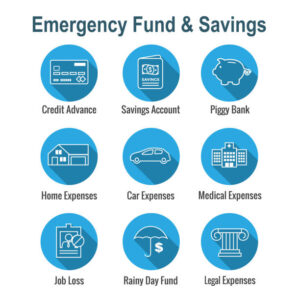
Life is unpredictable. Unexpected expenses like car repairs, medical bills, or job loss can happen at any time. Without savings set aside, these emergencies can lead to debt and financial stress.
What is an Emergency Fund?
An emergency fund is money saved specifically to cover unexpected expenses. It acts as a financial safety net so you don’t have to rely on credit cards or loans when something urgent comes up.
How Much Should You Save?
Financial experts recommend saving three to six months’ worth of living expenses. This means if your monthly expenses are $2,000, your emergency fund should be between $6,000 and $12,000.
Why is It Important?
– Prevents debt accumulation during emergencies.
– Provides peace of mind and reduces stress.
– Helps you handle unexpected events without disrupting your financial goals.
How to Build Your Emergency Fund
– Start small: Aim to save $500 to $1,000 as a starter emergency fund.
– Save regularly: Add a fixed amount each week or month.
– Use a separate high-yield savings account to keep this money accessible but separate from daily spending.
Tips to Maintain Your Emergency Fund
– Only use it for true emergencies.
– Replenish it if you ever use some money.
– Review your needs annually and adjust the amount as your expenses change.
Key Takeaway
An emergency fund is your financial shield. It protects you from unexpected costs and keeps your savings and spending plan on track.
—
5. Regularly Review and Manage Subscriptions and Recurring Expenses
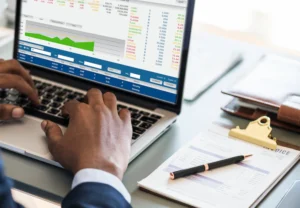
Subscriptions and recurring charges are easy to forget but can drain your budget over time. A 2024 Deloitte study found that the average American pays for 3.4 subscription services but actively uses only 2.1 of them. This means many people pay for services they don’t really need.
Why Manage Subscriptions?
– Avoid wasting money on unused services.
– Free up cash for savings or other spending priorities.
– Prevent surprise charges on your credit card.
How to Review Your Subscriptions
– Check your bank and credit card statements for recurring charges.
– List all subscriptions, including streaming, apps, gym memberships, magazines, and software.
– Cancel any that you no longer use or need.
Tools to Help Manage Subscriptions
- Truebill: Tracks subscriptions and cancels unwanted ones for you.
- Rocket Money: Monitors bills and negotiates savings on your behalf.
Additional Tips for Managing Recurring Expenses
– Set reminders to review subscriptions every 3-6 months.
– Look for cheaper alternatives or bundle services.
– Avoid signing up for free trials unless you set a calendar alert to cancel before being charged.
Key Takeaway
Regularly managing subscriptions and recurring expenses keeps your budget lean and focused on what matters most.
—
Additional Tips to Balance Saving and Spending
- Set Clear Financial Goals
Knowing why you save makes it easier to stick to your plan. Whether it’s buying a home, retirement, education, or a dream vacation, clear goals provide motivation.
- Create a Realistic Budget
A budget helps you allocate your income wisely between essentials, savings, and discretionary spending. Make sure your budget fits your lifestyle and is flexible enough to adjust as needed.
- Avoid Impulse Buying
Impulse purchases can quickly derail your budget. Techniques like waiting 24 hours before buying non-essentials or removing saved payment information from shopping sites help reduce impulse spending.
- Use Cash for Discretionary Spending
Using cash for things like dining out or entertainment can help limit overspending because you physically see the money leaving your hands.
- Review Your Budget Regularly
Life changes, and your budget should too. Review it monthly or quarterly to ensure it still matches your income, expenses, and goals.
—
Frequently Asked Questions (FAQs)
Q1. How much should I save each month?
A: Aim for at least 20% of your income if possible. If that feels too high, start with 5-10% and increase gradually as you can.
Q2. Should I pay off debt before saving?
A: Focus on paying off high-interest debt first, as it costs you more over time. At the same time, build a small emergency fund to avoid new debt.
Q3. Can I enjoy spending and still save?
A: Yes! The key is to save first and then spend what remains. Budget for fun spending so you don’t feel deprived.
Q5. What’s the best way to start saving?
A: Automate small transfers to a savings account. Use apps that help save without extra effort.
Q6. How do I stop impulse purchases?
A: Remove saved payment info from shopping sites, delete shopping apps, and wait 24 hours before buying non-essentials.
—
Balancing saving and spending is not about strict rules or giving up what you enjoy. It’s about making smart choices that let you live comfortably today while preparing for tomorrow. Automating savings, using high-yield accounts, tracking spending, building an emergency fund, and managing subscriptions are practical steps anyone can take.
Financial balance is a journey, not a destination. By applying these tips consistently, you’ll gain control over your money, reduce stress, and build a secure future. Why wait to start? Your financial freedom begins with the choices you make today.
—
Useful External Resources
– [Federal Reserve Consumer Finances Report](https://www.federalreserve.gov/publications/2024-economic-well-being-of-us-households-in-2023.htm)
– [National Endowment for Financial Education](https://www.nefe.org)
– [American Savings Rate Data – U.S. Bureau of Economic Analysis](https://www.bea.gov/data/income-saving/personal-saving-rate)
– [Mint Budgeting App](https://www.mint.com)
– [Rocket Money Subscription Manager](https://rocketmoney.com)..




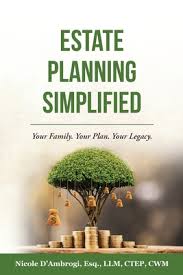
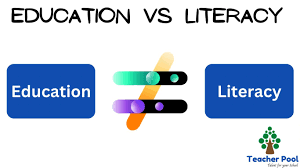

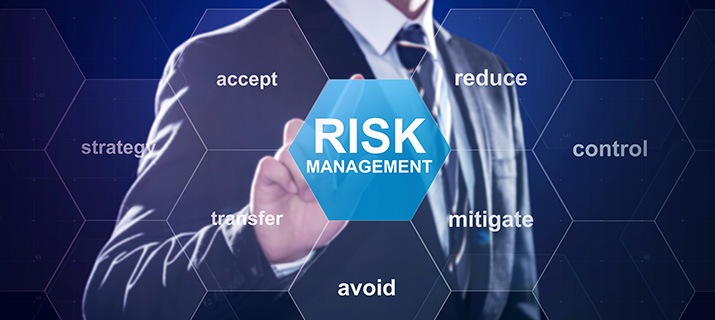
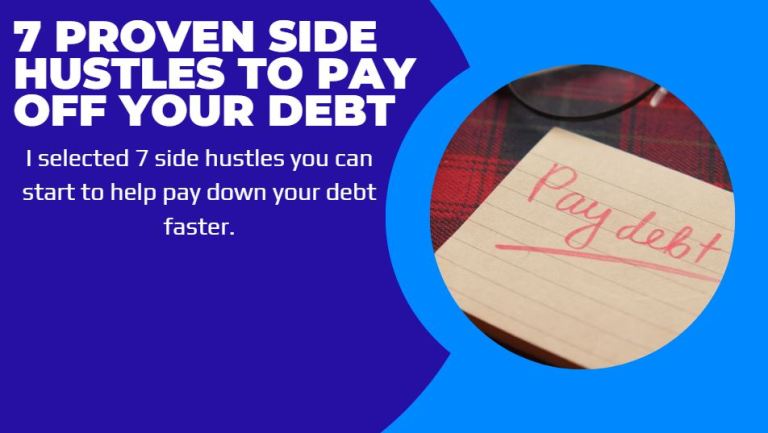

7672rz
yltg08
eb91ye
2d1tns
gdqghh
x04sxj